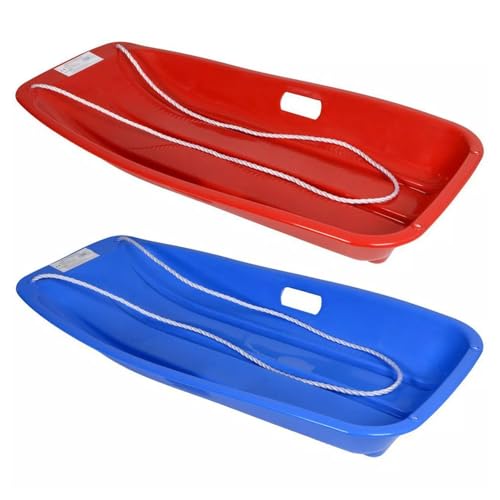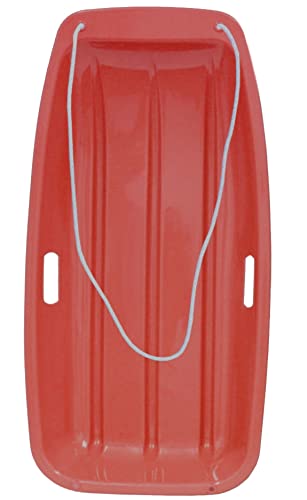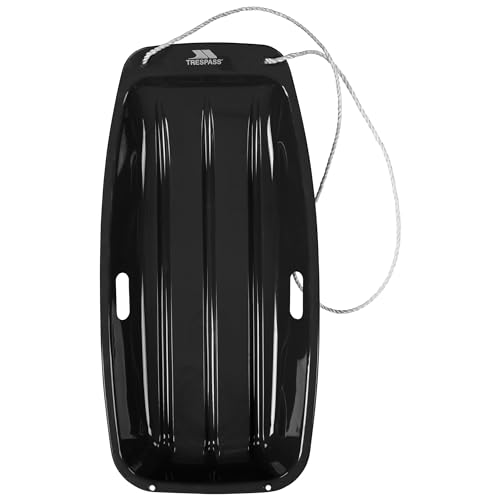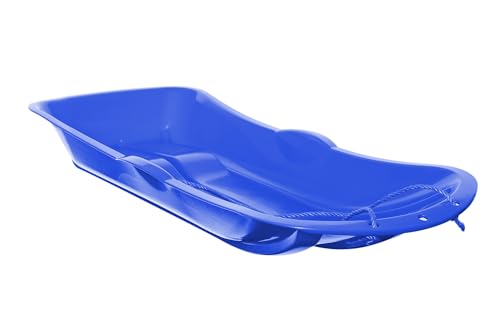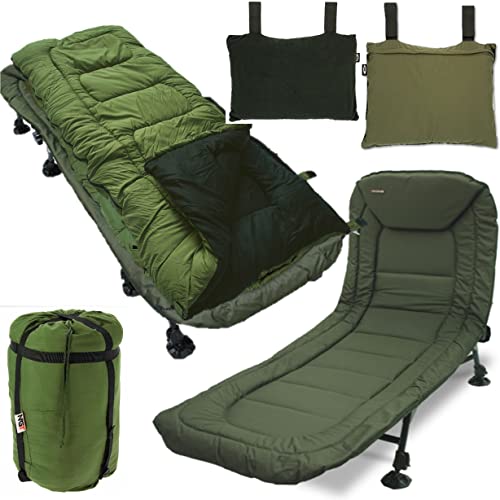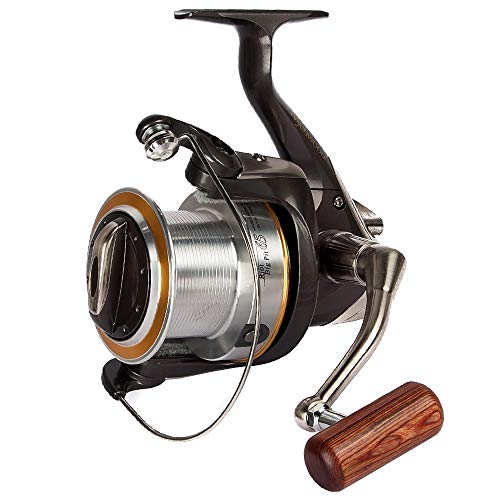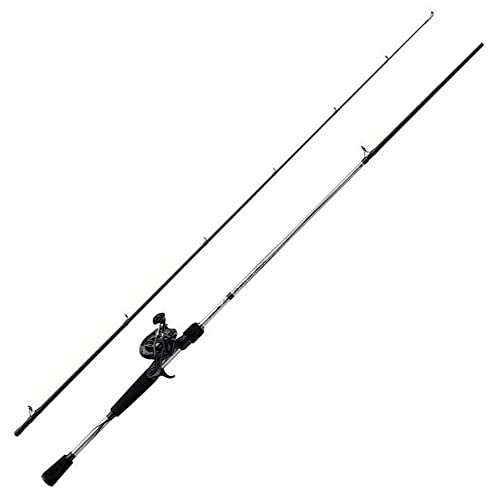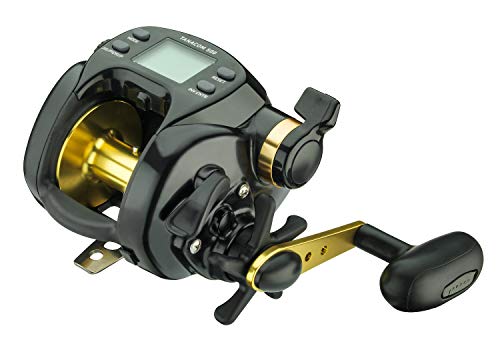Understanding the Basics: What is a Sledge and Its Uses
What Exactly is a Sledge?
A sledge is a flat-bottomed vehicle designed for sliding over snow and ice, commonly pulled by hand or a small motor vehicle. Think of it as your winterly companion for fun activities in the cold months—whether it’s to enjoy a day of sledding down a hill or to transport equipment across a snowy landscape. Sledges can be made from various materials like wood, plastic, or metal, each offering unique benefits depending on their intended use.
Practical Uses of Sledges
Sledges have multiple applications that extend beyond just recreational activities. For families, they are a fantastic way to have fun with kids on a snowy day, creating a memorable outdoor experience. For those involved in winter sports or activities, sledges can carry gear such as skis or snowboards. Additionally, in practical scenarios, they are used in some professions, like in farming, to move supplies over snow-covered areas.
Choosing the Right Sledge: Key Features to Consider
Material Matters
When selecting a sledge, the material plays a crucial role in determining durability, weight, and performance. Plastic sledges are typically lightweight and easy to handle, making them ideal for casual use, while wooden sledges offer sturdiness and a classic feel, perfect for those who enjoy traditional designs.
Size and Weight Capacity
Consider the size of the sledge, as this affects who can use it and how much weight it can carry. A larger sledge can accommodate more passengers or cargo, while a smaller model is more nimble and easier to transport. Assess how many people will use the sledge and if you’ll be carrying any holiday gear or essentials.
Design and Features
Look for sledges that offer additional features like backrests for comfort, handles for easy steering, or runners that improve gliding performance. Some sledges come equipped with safety features like brakes, which can add peace of mind when riding downhill.
Types of Sledges: Which One Suits Your Needs Best?
Traditional Wooden Sledges
Traditionally styled wooden sledges often boast a nostalgic appeal and are typically heavier, making them sturdy for long-term use. They are great for adults looking to relive childhood memories but might require a bit more effort to move.
Plastic Sledges
Plastic sledges are widely popular due to their lightweight design and variety of styles. They come in many vibrant colours and shapes, usually perfect for children seeking excitement on the hills. Their streamlined design often means they glide faster, providing thrill-seekers with an exhilarating ride.
Toboggans and Pull Sledges
Toboggans are usually longer and designed for multiple riders, perfect for family outings. On the other hand, pull sledges, often used in activities like ice fishing or hauling gear, have a different design, featuring a platform or body for strapping down items securely.
Safety Tips for Sledge Use: Enjoying Winter Sports Responsibly
Always Wear Safety Gear
Safety is paramount when sledging. Always ensure that riders wear appropriate winter gear, including protective helmets, gloves, and warm clothing. Depending on how steep the hill is, additional padding may also provide an extra layer of safety.
Choose Safe Locations
Select a suitable location away from roads, obstacles, and any areas where there might be other people or animals. Always scout the hill for potential hazards like rocks, trees, or uneven terrain to ensure a safe and enjoyable ride.
Follow the Rules
Adhering to local guidelines is essential for safe sledge use. Many areas have designated sledding parks, so always make sure to respect those spaces and follow their rules, which are in place to protect the enjoyment of the activity for everyone.
Maintenance and Care: Keeping Your Sledge in Top Condition
Cleaning and Storage After Use
After your sledding adventures, it’s crucial to clean your sledge to remove dirt, snow, and any moisture that may cause damage over time. If you have a wooden sledge, ensure it’s dried properly before storing it away to prevent warping. For plastic sledges, a quick rinse can help keep them looking new.
Regular Inspections
Inspect your sledge periodically for any signs of wear and tear, especially after heavy use. Check for cracks in the plastic or splinters in the wood, and maintain the runners if applicable—this can enhance glide and performance on the slopes.
Proper Long-term Storage
For long-term storage, consider a cool, dry place out of direct sunlight to prevent fading and deterioration of materials. If possible, keep the sledge covered to minimise dust accumulation and unexpected damage.
